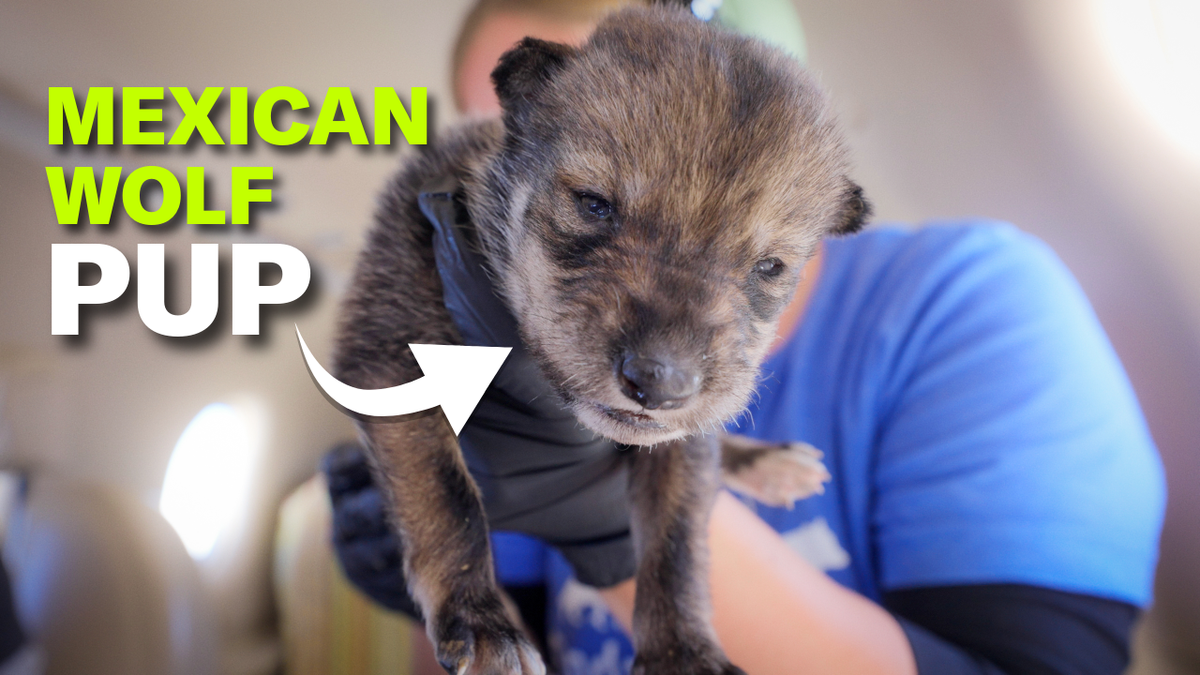www.eurogamer.net
South of Midnight reviewDeep.Image credit: Xbox Game Studios Review by Chris Tapsell Deputy Editor Published on April 3, 2025 Few still-perfectly-decent games have felt as desperate a disappointment as this one. South of Midnight is gloriously pretty, a game of sumptuous environmental detail and rich attention. It's one of the best sounding games I've played in an age, with a highly unique, artfully implemented original score woven into its sound design. And it's also extremely well acted, a cut above the vast majority of video games in emotional authenticity and heft. But goodness me can it get tiresome to play.South of Midnight reviewDeveloper: Compulsion GamesPublisher: Xbox Game StudiosPlatform: Played on Xbox Series X/SAvailability: Out 8th April on PC (Xbox, Steam), Xbox Series X/S (Game Pass)The premise here in South of Midnight, the latest from Canadian studio Compulsion Games, who last released We Happy Few in 2018, is that you are a freshly minted Weaver. Weavers are rare, magical warrior-healers of the deep South - but crucially, their healing powers are less physical than metaphorical. Weavers heal the world of generational trauma, and they do this, largely, by battering the absolute life out of about six to twelve enemies in small combat arenas arranged in groups of four.We'll come back to the issues with that, because thematically this is all genuinely lovely stuff. South of Midnight builds itself upon a collection of largely under-told, underappreciated fairytales and snippets of Cajun, Creole, and other deep south folklore. All of these are woven - pardon the pun in advance - into a quite literal tapestry of thread-based themes. Healing an area, or being, involves clearing 'tangles' and untying 'knots'. Enemies, when you defeat them, can be 'unravelled' for a trickle of healing and small cooldown boost. Abilities are appropriately named, as are protagonist Hazel's weapons, and indeed characters. Hazel's mother, who you spend the entire game in search of after she's swept away in its opening hurricane set-piece, is named Lacey.Here's a South of Midnight trailer.Watch on YouTubeThis unfolds through chapters of a kind of fairytale storybook, and as far as audio-visual renderings of fairytale worlds go, South of Midnight's is genuinely one of the very best I've encountered. The environments are frequently gorgeous in their maximalism, playing with proportion and scale in that nauseating way all the best, properly authentic fairy tales can. You'll quickly move from swirling gnarls of outsized bramble to looming, slanting country mansions - so many spooky mansions - and sickly-sweet garden blossoms. You'll regularly be blasted with godly beams over grand vistas - you could play this with sunglasses at times - but just as often drawn to one particularly well-formed bush, or a cluttered kitchen, rusted-out sign, damp outdoor sofa or patch of flouncy, faded wallpaper.It's worth laying out the structure a bit. South of Midnight is strictly linear, although there are two forms of collectibles dotted very frequently down very short detours off to your sides. One of these is Floofs, the game's only spendable resource used for skill tree upgrades; the other is readable scraps of lore, for fleshing out its often incredibly grim story. To find these you'll be doing bits of very light platforming and environmental puzzle-solving, split between the most linear - albeit still beautiful - corridors, and occasional, slightly more open breakout areas.These are, frustratingly, where South of Midnight's problems start to creep in. These more open areas are again wonderfully rendered, mixing strangeness, sadness, and a curious timelessness to fantastic effect. This is as much an expedition through the deep south's historical horrors as it is its fantasies, from company houses and scrip exploitation, to prohibition, religion and beyond.A quick aside: notably, despite the setting and the explicit focus on past traumas, for the vast majority of South of Midnight slavery itself is only loosely skirted and euphemised. It's tricky to know how to take this - an act of creative cowardice, or an attempt to shine a light on its infinite cultural ripples? Hazel, for her part, regularly alludes to both it and more everyday segregation, but again never outright says it, or addresses this head-on. Multiple sequences with the ghost of the Last Weaver, a woman who helped people "escape", for instance, never actually says what they were escaping from. Perhaps the inference is obvious enough, and perhaps South of Midnight's aim is to be more celebratory of the overlooked cultures it builds its story on, which is commendable. But there does come a time where avoiding a topic of such gravity feels awkward, at the very least.Back to exploration, and darting about these areas feels less rewarding in practice than it might sound. A minor quibble of mine is how regularly you're interrupted as you move around, usually in the form of camera-yanking asides - look over there! There they are! What's that?! - and, in the early game, via an incredibly overbearing sequence of multi-page tutorial pop-ups. Puzzles, more importantly, are incredibly simple, in part because their solutions are often a factor of their actual presentation. You'll see the blue-white glow of a ball of Floofs, for instance, on a distant ledge. Nearby in your periphery is a highlighted clump of branches with RT labelled on it. Pressing RT blasts the branches away and clears a path which, ultimately, leads to the Floofs. Repeat.South of Midnight structures itself in such a way that none of the environment is interactable in any way other than the exact thing you need for the solution, and so instead of any kind of creative thinking or problem solving, you just need to look for the crate, branches, tunnel, grapple point or whatever else and press the button prompt when you see it. Often you see that thing first and simply follow it to find your reward. Coupled with bland and wafty platforming - follow the painted ledges, avoid the spikey things (which are only faintly challenging to avoid in moments because of said wafty controls), do Titanfall-style wall-running and put the controller down to look at your phone while auto-gliding through a wind tunnel - and exploration as a whole is generally a letdown.These open areas and the question of how South of Midnight structures itself also tie into its other, even bigger problem, which is its combat. As Victoria mentioned, with prescient concern, in her preview, South of Midnight follows a pretty rigid format once it gets going. You make your way to an area, then must find and clear out four nearby combat arenas to fill up a bottle of historical anguish and bring that bottle to a nearby bottle tree (again, another deftly-pictured nod to folklore). Doing so will heal a particular creature or area and then, frustratingly, you'll just get plonked on the path to another area where ultimately you do the exact same thing again.As for that combat, there are again unfortunately a number of issues. One is a classic of wobbly combat systems, in the camera - but crucially here this ties into the wider combat system's design as well. Enemies in South of Midnight are called Haints, and they come in various forms, from gangly, scarecrow-like grunts that dash and slash with vicious tenacity to horrible globs that pump out little self-detonating drones; giant hulking monsters that rip up the ground; ranged, betentacled artillery enemies; and those enemies that make the other ones invincible until you kill them first.This is all fine, if not particularly new. The issue comes with the novel system of 'unravelling' that I mentioned earlier. After defeating an enemy you can perform a kind of execution move to unravel it for a short time, which heals you a little but also, importantly, reduces the cooldown of your essential, but otherwise rarely-useable abilities. The problem is, defeating enemies often knocks them back a bit, which means they're regularly by the arena's wall. Unravelling them yanks the camera focus to their corpse, which then means you're facing the wall. And enemy attacks, often extremely tricky to time, then come flying in at you with your back turned. The result is this very awkward loop of killing something, pausing for a clunky execution animation that pauses time around you, then slowly, slowly drifting the camera back around to look at what's about to shank you in the back.You can, alternatively, use the lock-on function, which helps for whipping the camera around at breakneck speed but is then a nightmare to accurately direct to the right enemy once several are clumped together. All of these problems then start to cascade. Enemies are all massive damage sponges, even the basic grunts (roughly counting, they take upwards of twelve hits, each a separate press of X, your one attack button) which means combat generally drags on too long and feels highly button-mashy. Abilities are so infrequently available and so awkward to properly target that you end up just using whatever cools down next at whatever's relatively easy to hit. Synergy is minor - there are a handful of unlocks on the tree that give you some slight bonuses for combining one or two, but the depth here is negligible. Refreshing your abilities with unravelling foes often puts you in more peril than simply dodging around the arena (all of these are flat ovals of the same size, by the way - no Doom-like verticality and visual interest here) and waiting to be allowed to press LB again.The result, ultimately, is a groan every time one of these comes up, and given the vast majority occur as compulsory parts of another four-step clear-the-area-of-corruption routine, they have the knock-on effect of spoiling the dramatic tension that South of Midnight otherwise works so hard and does so well to cultivate.And that dramatic tension deserves its proper credit, because it can so often be sublime. South of Midnight's performances, for instance - from Adriyan Rae as Hazel right the way through its supporting cast, from the chuckling Catfish narrator to a pained former partner of her mother - are the most natural and believable I've heard in video games for some time. The anguish - and there's so much anguish in South of Midnight - is sincere, but so are the little jokes, asides, and under-the-breath comments of Hazel. Despite all the dragging impact of actually playing it I felt a continuous urge to push through and see more of them, and find out their eventual fates.Likewise, helping to sweep you through the flatter parts is an extraordinary original score, overseen by Olivier Deriviere. These follow a structure, again, but with structure like this so rare in video game music it has the opposite effect to the rigidity of the game itself. As you travel through a new area, for instance, a faint children's choir will chant single words or syllables, in time with your usage of platforming abilities. Then they'll build to a rhythm of their own, then more of a proper melody, a song and finally another song more explicitly in the voice of the troubled being you're trying to battle or save. It's a mash of southern sounds, from New Orleans-style brass bands to guitar and banjo blues, or prohibition-era jazz, little bursts of each often working their way into sound design as well as music.And then there's the story itself, which perhaps feels secondary to the little sub-stories woven through it. Go into this game expecting the darkest of possible fairytale warnings - think a lot of young children, coming to trauma or harm in a lot of different, increasingly twisted ways. This is true to the source material, both original fairytales as a whole and the ones drawn upon directly here, which historically were often remade by their tellers in the newfound context of slavery to emphasise the need for wit and strategy for survival. Even as South of Midnight skirts the issue itself, the novelty of these tales - or more specifically: the very fact they're novel to me and likely many others, really - lends them incredible weight alongside the sad beauty of how they're depicted.Clearly the aim here has been to make something broad, to bring this story and its amplification of southern culture to as many people as possible. But in the process the joy of more rewarding interactivity, or more uniquely defined identity beyond the familiar platforming and fighting patterns, has been lost. So, again, the overwhelming sense here really is one of disappointment. Not that South of Midnight is a disappointing game - far from it - but that it's such a shame for it to get so close to being something so genuinely special. This is a game of just remarkable craft - we've not even mentioned the stop-motion style of animation! It's lovely - and likewise remarkable attention, thought, and care. If only just a little more of that care had been afforded to the playing of it.A copy of South of Midnight was provided for review by Xbox.











